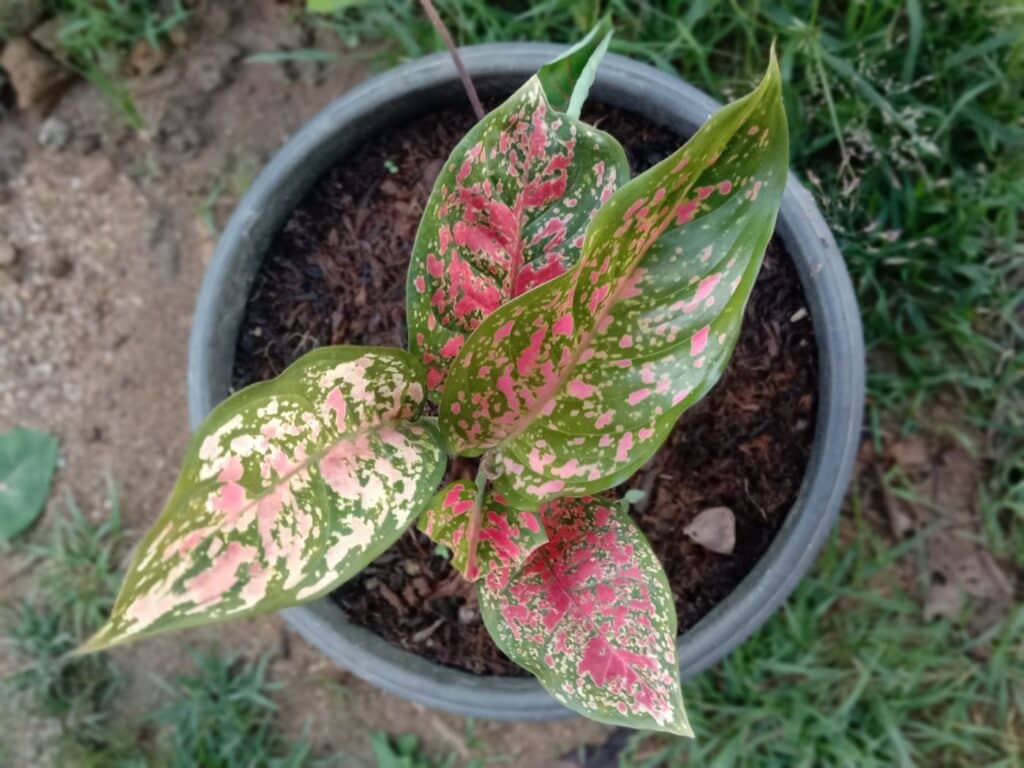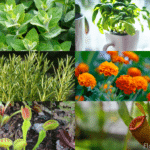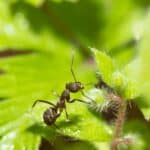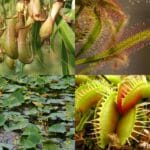You’ve nurtured your Chinese evergreen with care, only to find its lush leaves turning an alarming shade of yellow. It’s disheartening, isn’t it? This common issue can leave even the most seasoned plant enthusiasts scratching their heads, wondering where things went wrong.
But don’t worry, you’re not alone in this. Understanding the root cause is key to restoring your plant’s vibrant greenery.
Yellowing leaves are more than just an aesthetic issue; they’re a cry for help, signaling that your Chinese evergreen is unhappy. Various factors, from water quality to light exposure, could be at play.
Fortunately, with the right knowledge and a bit of detective work, you can pinpoint the problem and take steps to correct it. Let’s dive into the world of plant care and discover how to bring your Chinese evergreen back to its former glory.
Understanding Chinese Evergreen Yellow Leaves
Yellow leaves on your Chinese evergreen can turn your plant paradise into a bit of a puzzler. Let’s dive into why this happens and how you can tackle it.
Common Causes of Yellowing
First off, water quality plays a huge part. If you’re like most people, you may well tap into, well, tap water for your plants. However, Chinese evergreens aren’t the biggest fans. They’re more sensitive than your average house guest, getting upset with chemicals like fluoride found in tap water. Switching to filtered or distilled water can make a big difference.
Then, there’s the light—too much or too little, and your plant throws a fit. These plants enjoy a Goldilocks zone of light: not too bright, not too shady. Indirect sunlight is their happy place. Placing them in direct sunlight can cause their leaves to yellow, a sign they’re getting more light than they bargained for.
The Role of Environmental Stress
Plants, just like people, can show signs of stress, and environmental changes are big stressors for Chinese evergreens. Rapid temperature fluctuations or a drafty window can send your plant into a state of shock, leading to yellow leaves. They prefer a consistent environment that doesn’t stray too far from their tropical comfort zone.
Also, consider the humidity level of your room. These plants love a bit of humidity. If your air is too dry, consider investing in a humidifier or placing your plant on a pebble tray with water to increase the moisture in the air around it.
By understanding these causes and adjusting your care routine, you’ll stand a great chance of keeping your Chinese evergreen in lush, green health. After all, who doesn’t want a happy, healthy plant thriving in their space?
Proper Care for Chinese Evergreen Plants
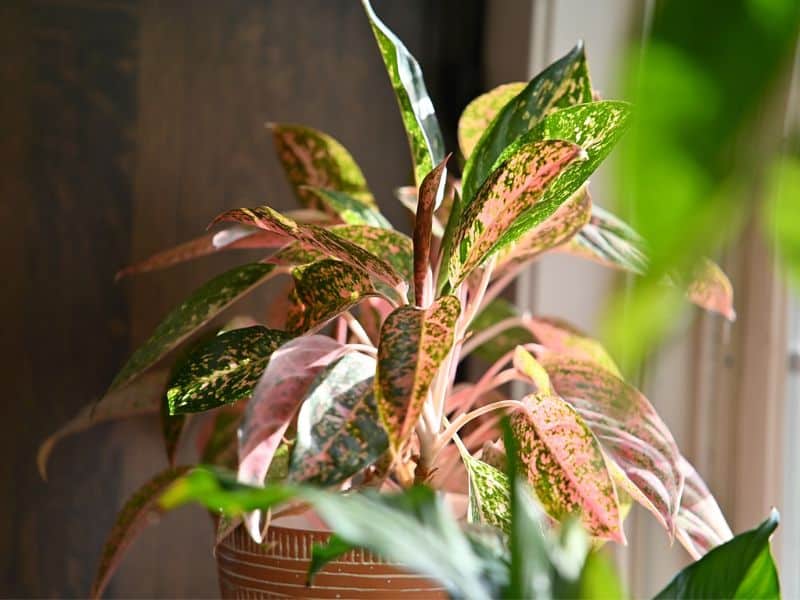
Addressing the care of your Chinese evergreen plants doesn’t have to feel like decoding a complex puzzle. With a few precise steps, you can maintain their lush foliage and prevent those worrisome yellow leaves from spoiling the green splendor. Let’s dive into how you can achieve this through ideal lighting, proper watering, and optimal soil and fertilization practices.
Ideal Lighting Conditions
All the Chinese evergreen types ask for a simple favor: “Please, no direct sunlight!” These plants thrive under indirect, moderate light, mimicking the shady undercanopy of their natural habitat.
Place them in a spot where the sun’s rays never directly hit the leaves, yet bright enough to read a book. This balance prevents the yellowing of leaves caused by excessive light while ensuring they receive enough energy to grow.
Appropriate Watering Practices
When it comes to watering, think of Goldilocks – not too much, not too little, but just right. Allow the top inch of your Chinese Evergreen soil to dry out before giving your plant a thorough soak.
Overwatering can lead to root rot, a common slip-up turning leaves yellow. Using filtered water can avoid the buildup of tap water chemicals like fluoride, which doesn’t sit well with your Chinese evergreen’s roots.
Optimal Soil and Fertilization
“Feed me, but don’t overdo it!” could be your Chinese evergreen’s catchphrase regarding soil and fertilizer. A well-draining, airy potting mix gives their roots the perfect environment to flourish without becoming waterlogged.
Incorporate a balanced, slow-release fertilizer during the growing season, but dial it back in the winter. This measured approach provides essential nutrients without overwhelming the plant.
By implementing these care practices, you’ll not only prevent yellow leaves but also promote a healthy, vibrant Chinese evergreen that brightens your indoor space. Remember, a little attention goes a long way in keeping your green friends happy.
Diagnosing Yellow Leaves in Chinese Evergreen
Identifying Nutrient Deficiencies
Yellow leaves on your Chinese evergreen may well be screaming for help, more precisely, they may well be telling you about a nutrient deficiency. Nitrogen, potassium, and magnesium shortages are common culprits behind this color change.
For example, nitrogen deficiency typically makes older leaves turn yellow first, moving slowly to younger leaves. Easy fix, right? A well-balanced, slow-release fertilizer can rescue your plant from these deficiencies. Timing is key, though. Spring and summer are ideal fertilizing seasons, as this is when your plant is in its growth phase and can absorb nutrients effectively.
Recognizing Disease or Pest Issues
Sometimes, your Chinese evergreen’s yellow leaves are a sign of uninvited guests or illnesses. Pests like spider mites or diseases such as root rot can cause these yellow warnings. Spider mites, for example, are tiny but mighty, sucking the life out of your plant leaves, turning them yellow.
High humidity and careful inspection can prevent these critters from taking over. Conversely, root rot, a result of overwatering, deprives your plant of essential nutrients, leading to yellow leaves. Adjusting your watering Chinese Evergreen schedule and ensuring proper drainage can keep root rot at bay.
Preventive Measures and Solutions
In your quest to maintain the vibrant green leaves of your Chinese evergreen, a shift in care tactics can be pivotal. Let’s dive into ways to keep yellow leaves at bay and ensure your plant thrives.
Adjusting the Care Routine
First off, overhauling your watering schedule is key. Yellow leaves often scream “too much love!” in plant language. Aim for moist, not soggy, soil. Let the top inch dry out before reaching for that watering can again.
Next, evaluate your light situation. These plants are like that friend who prefers soft, indirect sunlight, shunning the harsh midday glare. A north-facing window or a spot further inside the room may well just do the trick.
Also, remember to dust those leaves. A light wipe with a damp cloth not only keeps your plant looking fresh but also supports better photosynthesis.
Temperature plays its part too. Keep your Chinese evergreen away from drafts and sudden temperature changes. Ideally, they enjoy a stable environment — think temperatures consistently above 65°F (18°C).
Finally, humidity matters more than you may well think. If your home feels dryer than a humorist’s wit, consider a humidifier or a simple pebble tray with water to amp up the moisture around your green buddy.
Treating Diseases and Pest Infestations
Caught a bug? Or rather, has your plant? Pest infestations and diseases can turn leaves yellow faster than you can say “aphid.” Start by isolating your affected plant to prevent a garden-wide gossip spread.
Inspect under the leaves and near the stems for any uninvited guests. A gentle soap and water mixture can dissuade mild pest parties. For more stubborn squatters, neem oil serves as an effective, plant-friendly eviction notice.
Diseases like root rot require a bit more elbow grease. If overwatering has led your plant’s roots to a soggy demise, it’s time for some surgery. Remove the plant carefully, cut away any brown, mushy roots, and repot in fresh, well-draining soil. Choosing a pot with adequate drainage holes is like choosing a house with good plumbing — non-negotiable for a healthy abode.
Remember, adjusting your care routine and tackling pest or disease issues early on can keep your Chinese evergreen’s leaves greener than a shamrock shake on St. Patrick’s Day. Here’s to happy, healthy plants that stay lush and vibrant, without a yellow leaf in sight.
Frequently Asked Questions
What are the common causes of yellow leaves in Chinese evergreen plants?
The common causes include water quality issues, incorrect light exposure, diseases, pest infestations, and environmental stress such as inappropriate humidity and temperature levels.
How can water quality affect Chinese evergreen plants?
Poor water quality, specifically water with high chlorine or fluoride content, can lead to yellowing leaves. Using filtered or rainwater can help prevent this issue.
What lighting conditions are ideal for Chinese evergreen plants?
Chinese evergreen plants prefer bright, indirect sunlight. Direct sunlight can scorch the leaves, causing them to turn yellow, while too little light can also lead to yellowing.
How does improper watering schedule affect Chinese evergreen plants?
Both under-watering and over-watering can cause the leaves to turn yellow. It’s important to establish a balanced watering schedule that keeps the soil evenly moist but not waterlogged.
Can diseases and pests cause leaves to turn yellow?
Yes, infections and pest infestations can lead to yellowing leaves. Isolating affected plants and treating them with soap and water or neem oil can help address these issues.
What preventive measures can be taken to avoid yellowing of leaves?
Adjusting care routines to ensure proper watering, light exposure, and maintaining optimal humidity and temperature can prevent yellow leaves. Early intervention and treating any diseases or pests promptly are also crucial.
Up next:
Image by zairinodesign/depositphotos

